Revolver by The Beatles
Buy Revolver As many times as I’ve heard someone say they love The Beatles, I have heard someone else say they think they are overrated. To a generation of listeners raised in the […]
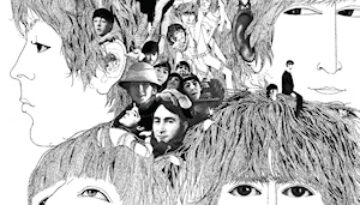
Buy Revolver As many times as I’ve heard someone say they love The Beatles, I have heard someone else say they think they are overrated. To a generation of listeners raised in the […]
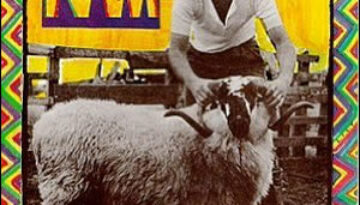
Buy Ram Although Paul McCartney had, by any success metric, the best post-Beatles career of any of his former band mates, he often frustrated fans and critics alike with his constant fluctuation between […]
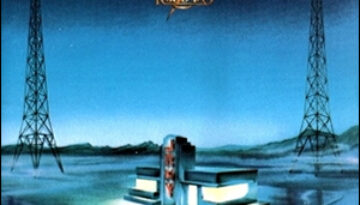
Buy Raised On Radio Following the most commercially successful era for the band, lead singer Steve Perry firmly took control over Journey‘s musical direction. The ultimate result of this new direction was this […]

Buy Psychotic Supper Out of the deluge of “hair bands” that populated the rock scene in the late 1980s, Tesla was, perhaps, the most talented and interesting. The band composed songs which were […]
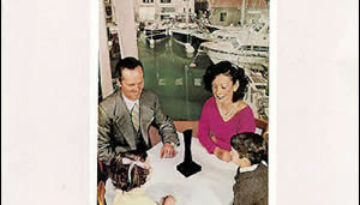
Buy Presence In late 1975, Led Zeppelin had planned a world tour to capitalize of the phenomenal success of their latest album Physical Graffiti. The band was at the absolute zenith of their […]
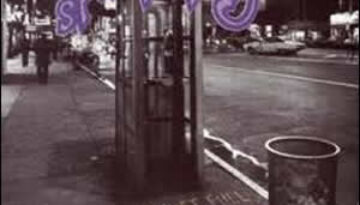
Buy Pocket Full of Kryptonite As the Grateful Dead’s long career began to wind down in the early nineties, there were many pseudo-hippie, jam-oriented bands that emerged to fill the void for the […]
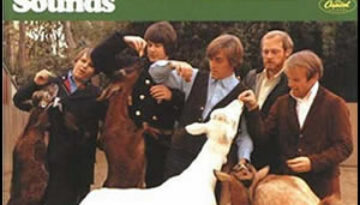
Buy Pet Sounds To this day, The Beach Boys remain the most commercially successful American rock band with 36 Top 40 hits. Most of these hits were scored between 1962 and 1965, when […]
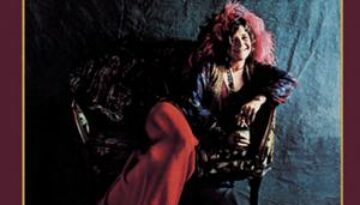
Buy Pearl Pearl was the final, posthumous album in the brief but explosive career of Janis Joplin. She died before the album’s completion on October 4, 1970, at just 27, done in by […]
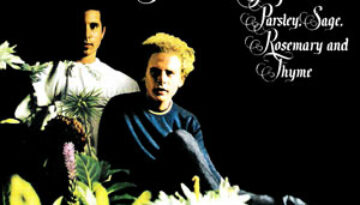
Buy Parsley Sage Rosemary Thyme Although Parsley, Sage, Rosemary and Thyme is officially the third album by Simon & Garfunkel, they certainly did not take the traditional path to get to this point. […]
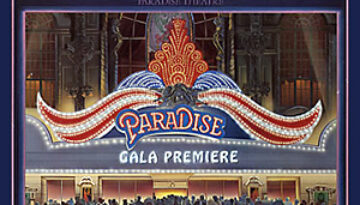
Buy Paradise Theatre At a time when the “concept album” had all but gone out of fashion, Styx released Paradise Theatre, an album that loosely couples a fairly interesting concept with some strategically […]